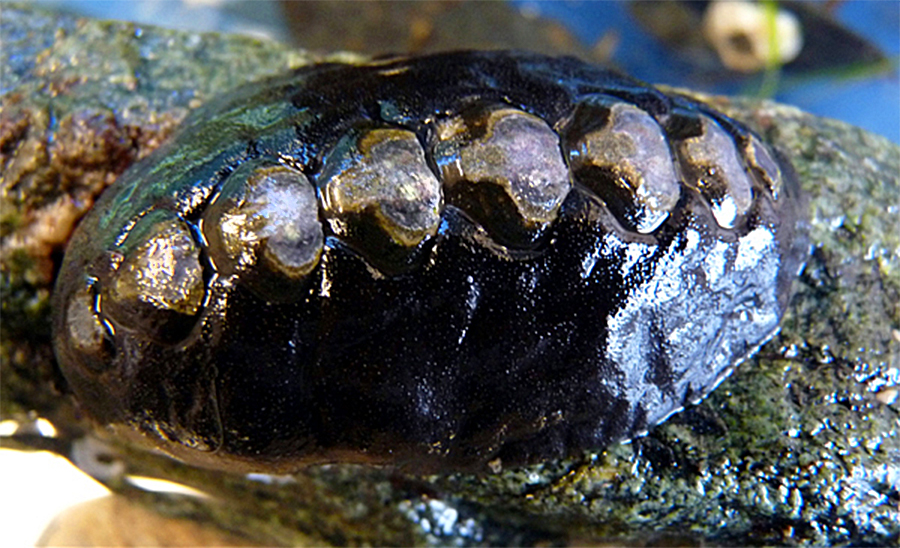
by David Young | Aug 16, 2024 | Molluscs
Author: Sarayut Uddy Klongchoengrob Common Names: Black Katy Chiton, Black Leather Chiton Scientific name: Katharina tunicata Size: to 15cm in length Identifying Features: The black Katy chiton is oval shaped and has 8 white over-lapping plates on top of...


